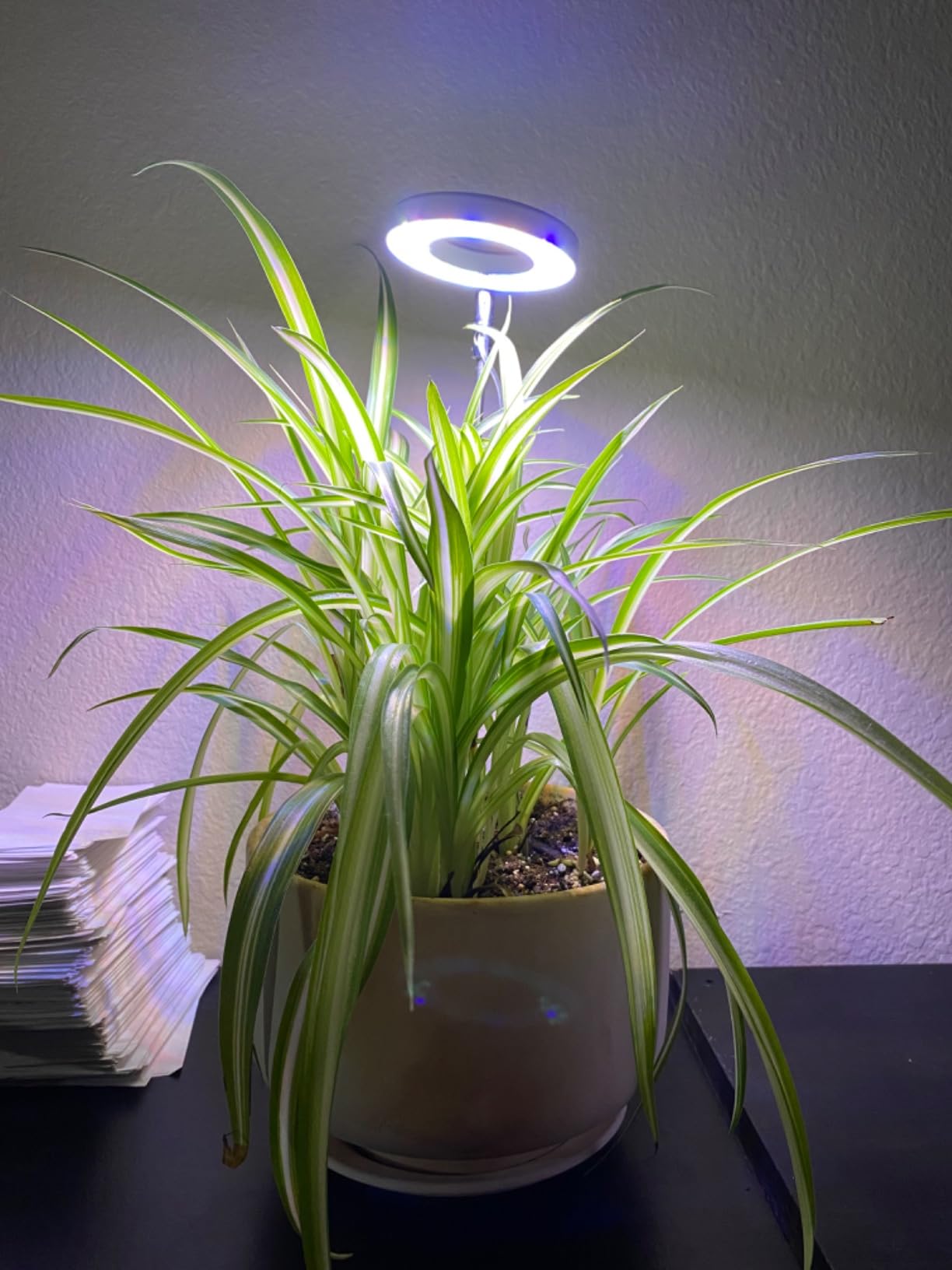Illuminating Growth: A Guide to Choosing and Using Plant Grow Lights

As indoor gardening continues to gain popularity, plant enthusiasts are turning to technology to create optimal conditions for their plants. One crucial tool in the indoor gardener's arsenal is the plant grow light. In this article, we'll explore the key factors to consider when choosing a plant grow light and how to use it effectively to nurture your plants.
Understanding Plant Grow Lights
1.1 Types of Plant Grow Lights
- Diving into the World of Grow Lights: Understanding Fluorescent, LED, and HID Technologies
Indoor gardening has evolved significantly with the introduction of advanced lighting technologies designed to mimic the natural sunlight essential for plant growth. Among the various options, fluorescent, LED, and high-intensity discharge (HID) grow lights stand out as popular choices. Let's explore each type to better understand their characteristics and applications. -
1. Fluorescent Grow Lights: Affordable and Versatile
Overview:
Fluorescent lights have long been a staple in indoor gardening due to their affordability and versatility. These lights are available in two main types: compact fluorescent lamps (CFL) and tube-style fluorescent lamps. -
Advantages:
- Cost-effective: Fluorescent lights are budget-friendly, making them accessible to a wide range of indoor gardeners.
- Suitable for seedlings and young plants: Their lower light intensity is ideal for nurturing young plants during the early stages of growth.
- Wide spectrum: Fluorescent lights offer a balanced spectrum suitable for various plant species. -
Considerations:
- Limited intensity: Fluorescent lights may struggle to provide sufficient light for larger or light-demanding plants.
- Lifespan: They typically have a shorter lifespan compared to other technologies. -
2. LED Grow Lights: Precision and Efficiency
Overview:
LED (Light Emitting Diode) grow lights have become the go-to choice for many indoor gardeners due to their energy efficiency and customizable spectral outputs.
Advantages:
- Energy-efficient: LED lights consume less energy, resulting in lower electricity costs and reduced environmental impact.
- Spectrum control: LED lights allow precise control over the light spectrum, enabling growers to tailor lighting conditions to specific plant needs.
- Long lifespan: LED lights generally have a longer lifespan compared to traditional options.
Considerations:
- Higher upfront cost: Initial investment in LED grow lights can be higher, but the long-term efficiency often justifies the expense. -
3. HID Grow Lights: High Intensity for Larger Spaces
Overview:
High-Intensity Discharge (HID) grow lights, including Metal Halide (MH) and High-Pressure Sodium (HPS) lights, offer intense illumination suitable for larger indoor gardening spaces.
Advantages:
- High light intensity: HID lights emit a powerful light, making them suitable for larger plants and spaces.
- Proven effectiveness: HID lights have a track record of successful use in various indoor gardening applications.
Considerations:
- Heat generation: HID lights produce significant heat, requiring proper ventilation and heat management.
- Energy consumption: They tend to consume more energy compared to newer LED technologies. -
Choosing the Right Grow Light for Your Needs
Selecting the appropriate grow light depends on factors such as the size of your indoor garden, the specific needs of your plants, and your budget. Understanding the unique features and considerations of fluorescent, LED, and HID grow lights empowers you to make an informed decision that aligns with your indoor gardening goals.
1.2 Light Spectrum and Plant Growth
- 1. The Spectrum Unveiled:
Visible Light Spectrum:
The visible light spectrum ranges from short to long wavelengths, encompassing colors from violet to red. This spectrum is crucial for photosynthesis, the process through which plants convert light into energy.
2. Blue Light: Encouraging Vigorous GrowthWavelength Range:
Blue light falls within the 400-500 nanometer range.
Role in Plant Development:
Promoting Vegetative Growth: Blue light is instrumental in encouraging robust vegetative growth, including the development of leaves and stems. -
Controlling Plant Height: - It helps regulate plant height, preventing elongation and promoting compact, sturdy structures.
Enhancing Chlorophyll Production: Blue light stimulates chlorophyll production, aiding in the efficiency of photosynthesis. -
3. Red Light: Catalyst for Flowering and Fruit Production
Wavelength Range:
Red light ranges from approximately 600-700 nanometers. -
Role in Plant Development:
Initiating Flowering: Red light is crucial for triggering the flowering stage in plants, making it essential for those in the reproductive phase.
Boosting Fruit Production: It plays a key role in enhancing fruiting and seed development.
Efficient Photosynthesis: While less effective than blue light for photosynthesis, red light is still vital for energy conversion. -
4. Full Spectrum: Harnessing Nature's Diversity
Comprehensive Light Coverage:
Full spectrum lighting encompasses a broad range of wavelengths, mimicking natural sunlight. - Holistic Growth Support: Full spectrum lighting provides a balanced and comprehensive approach, catering to the diverse needs of plants throughout their life cycle.
- Optimal Photosynthesis: By offering a complete spectrum, it ensures that plants receive the necessary wavelengths for efficient photosynthesis.
- Adaptability: Full spectrum lighting adapts to different stages of plant development, promoting overall health and vitality.
